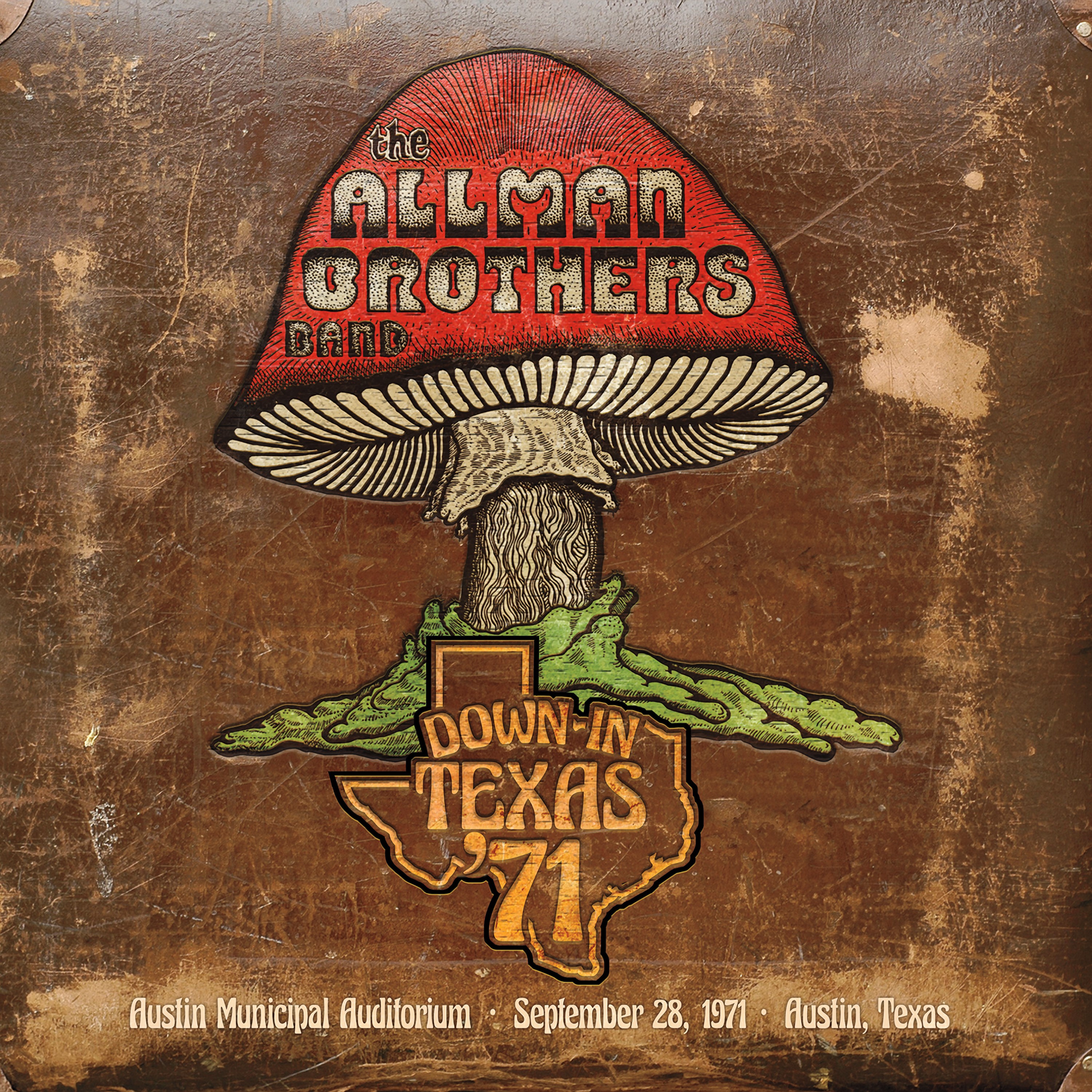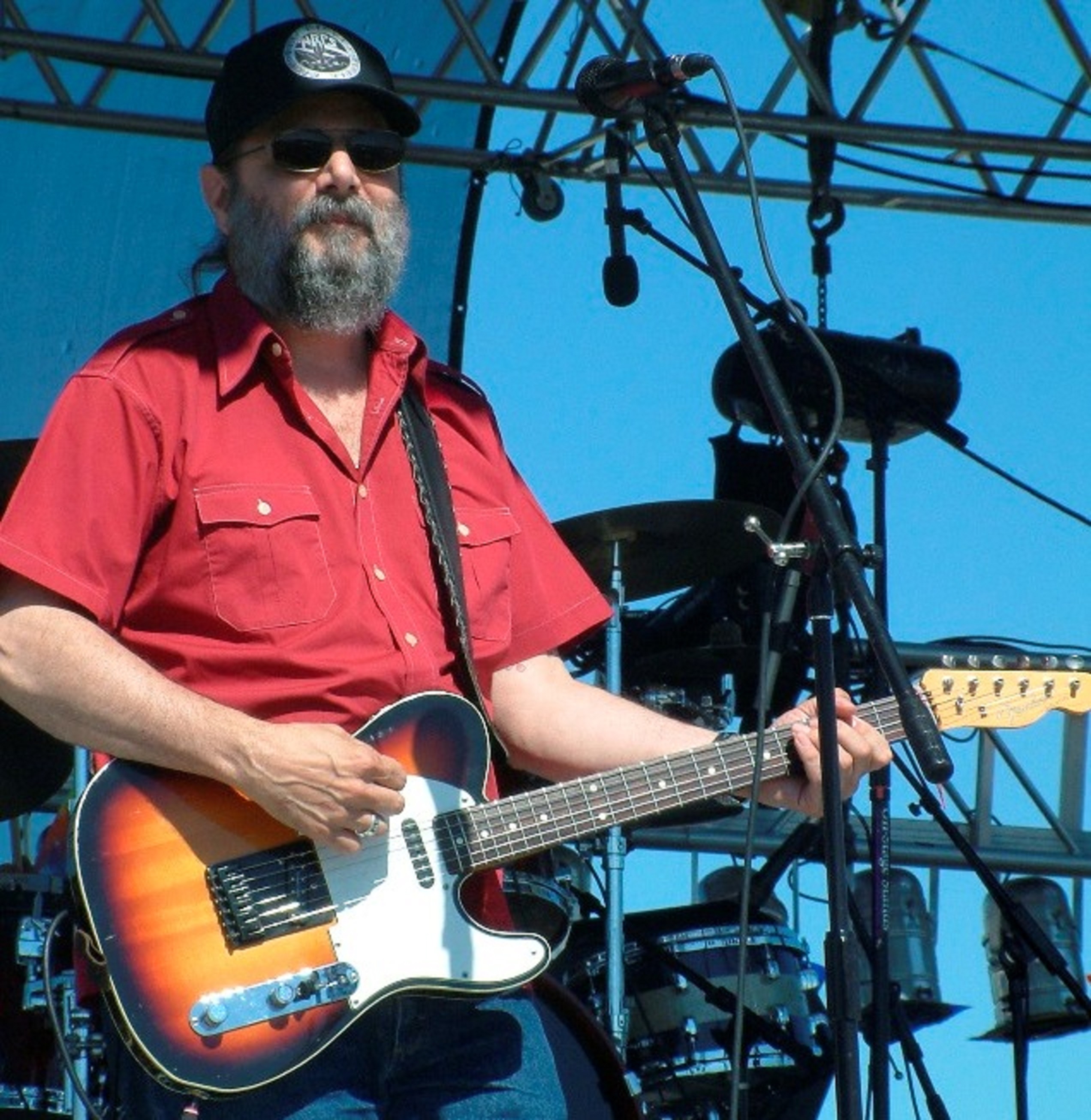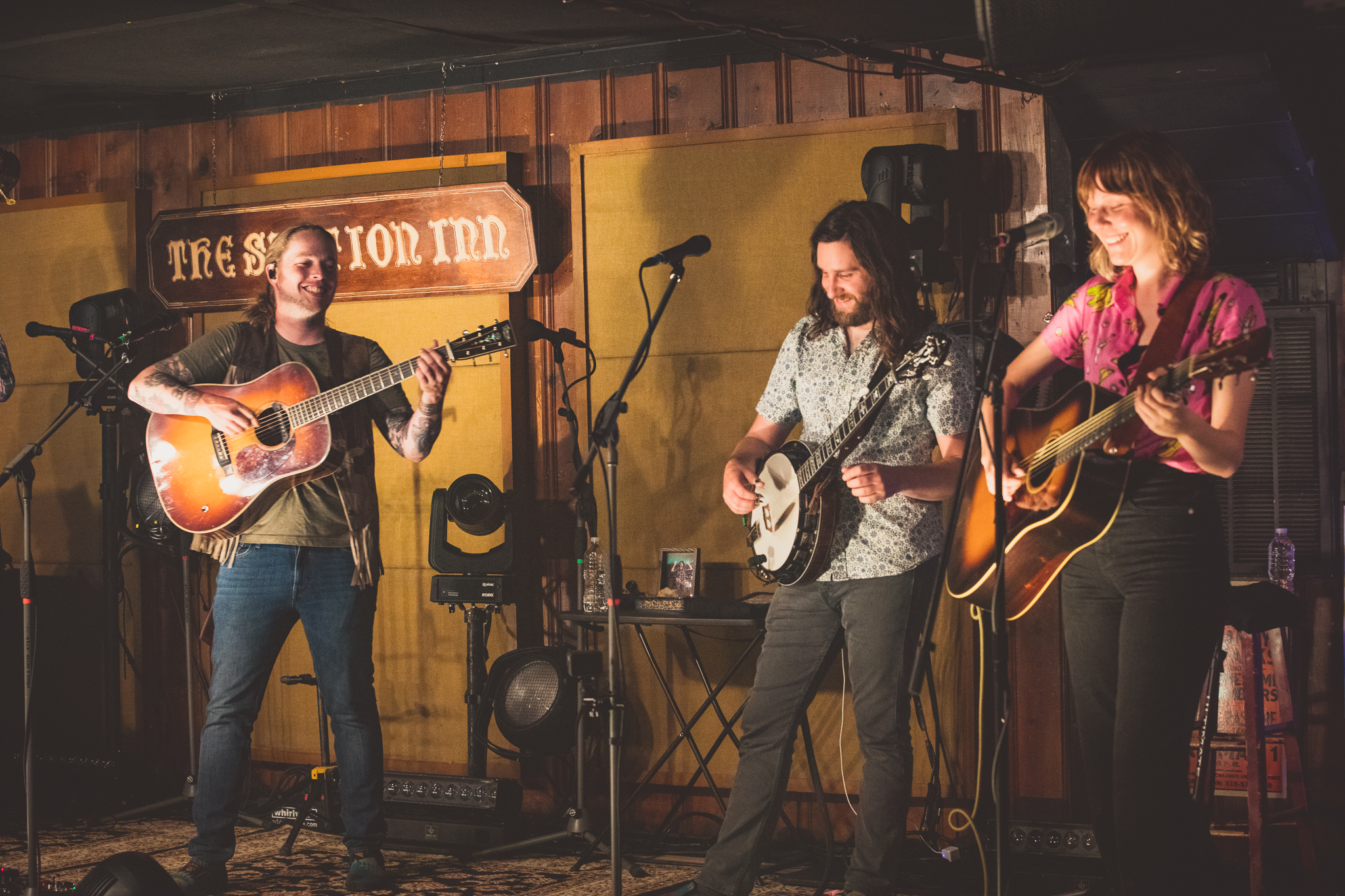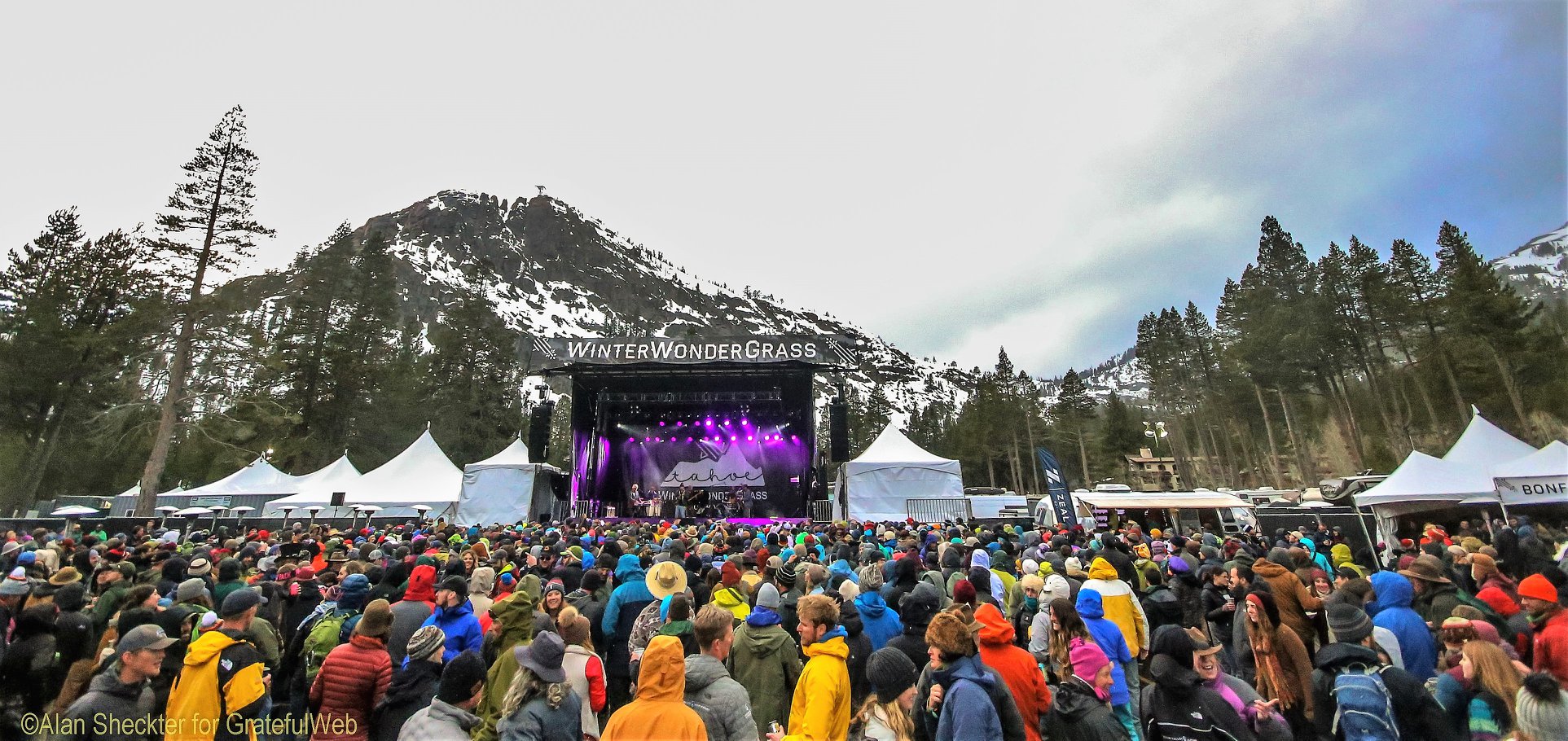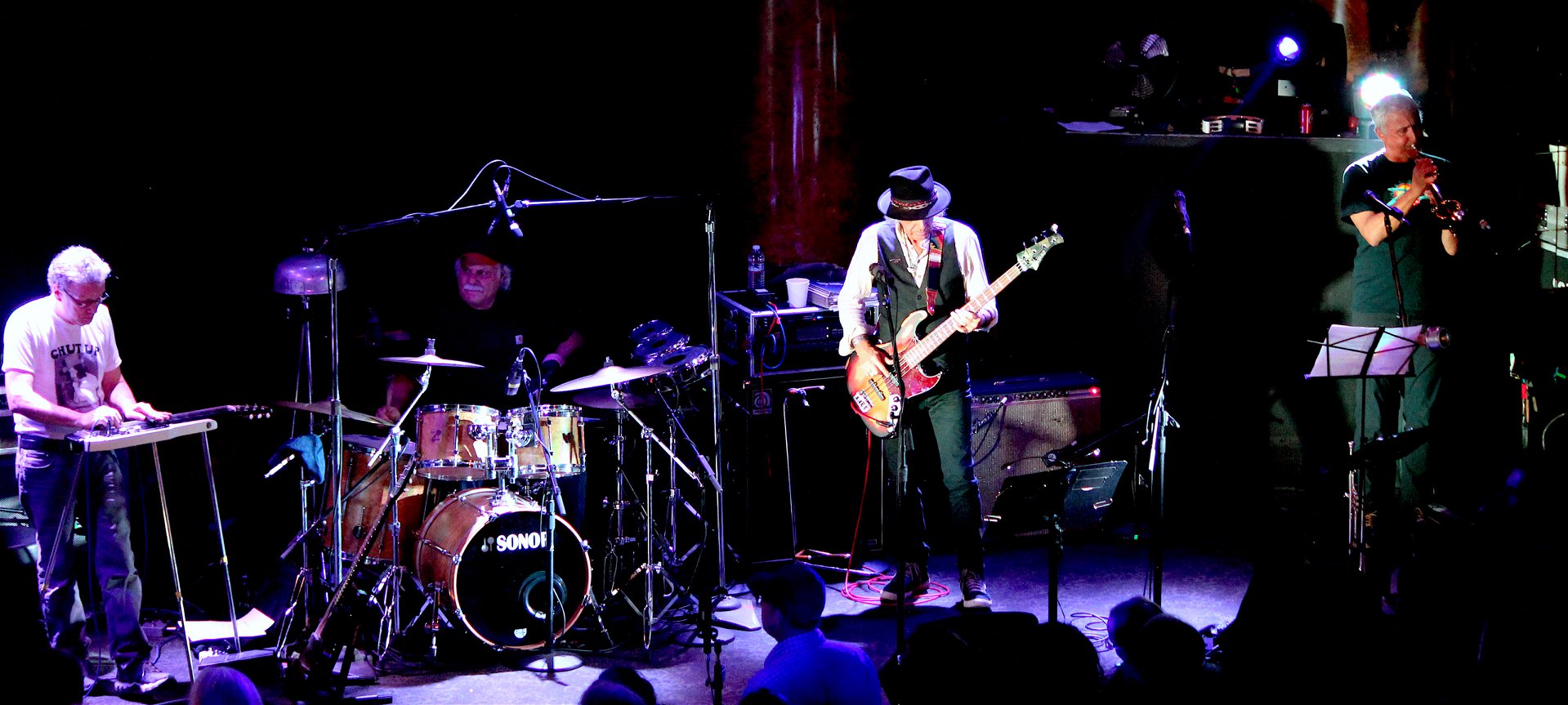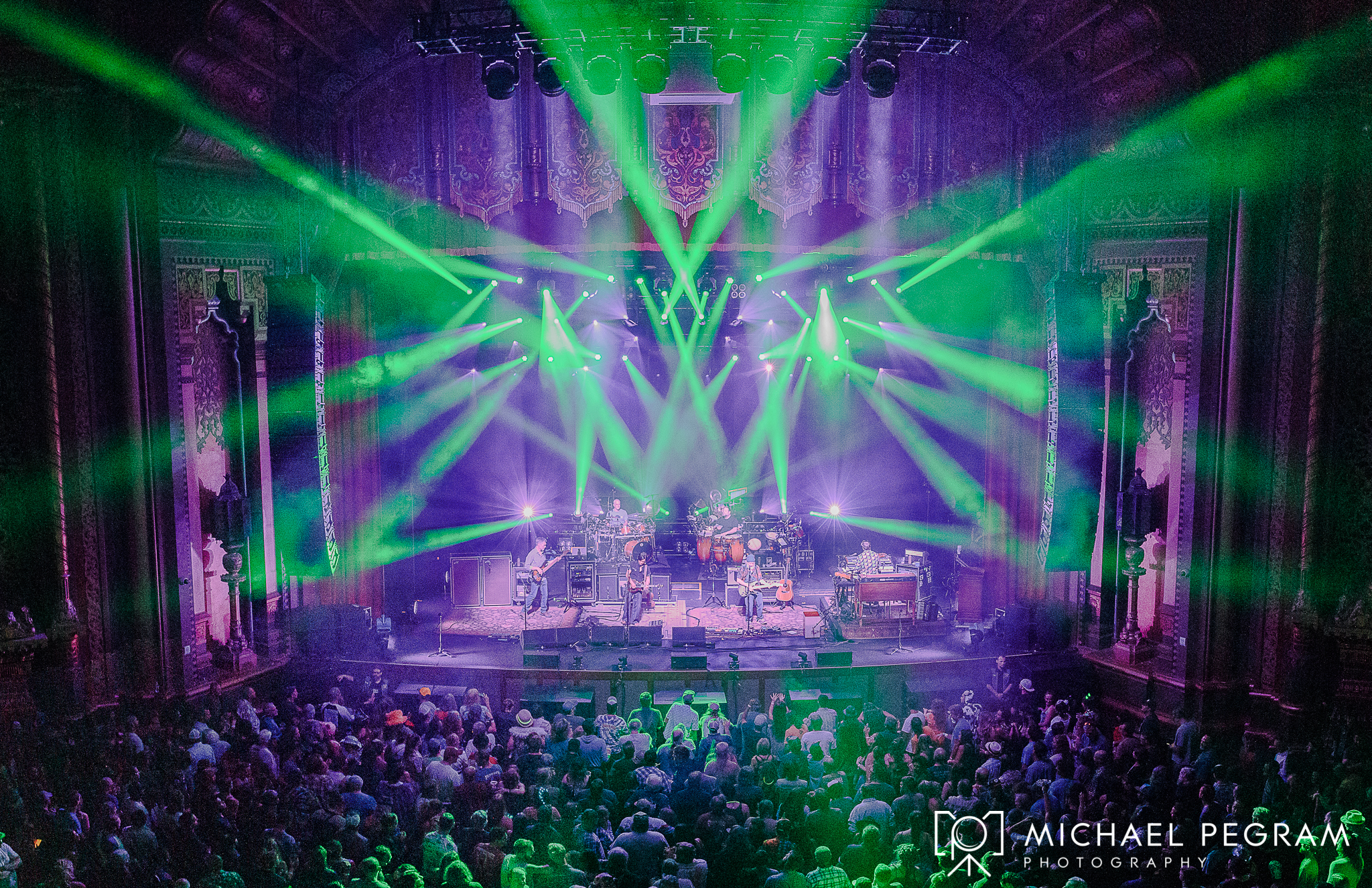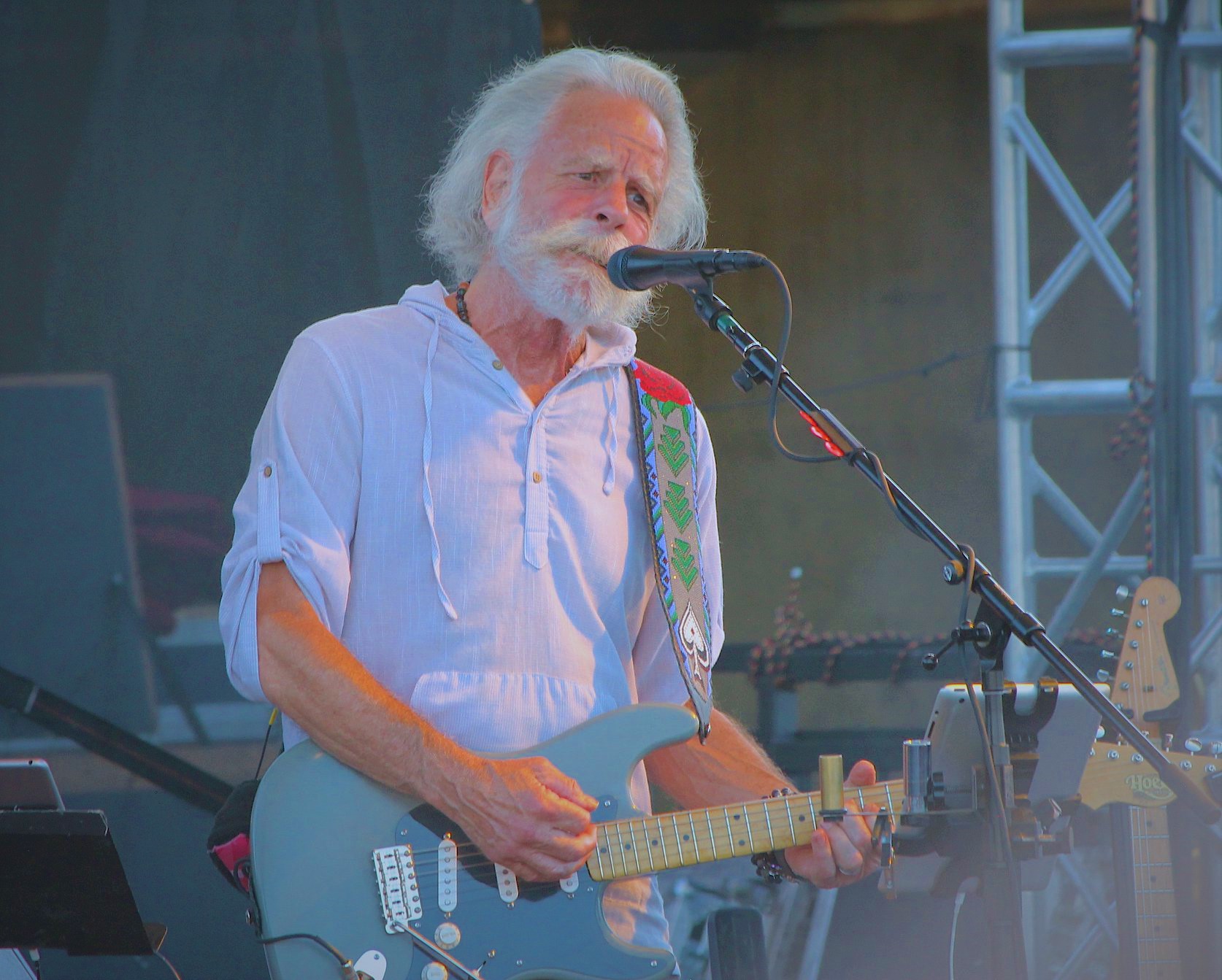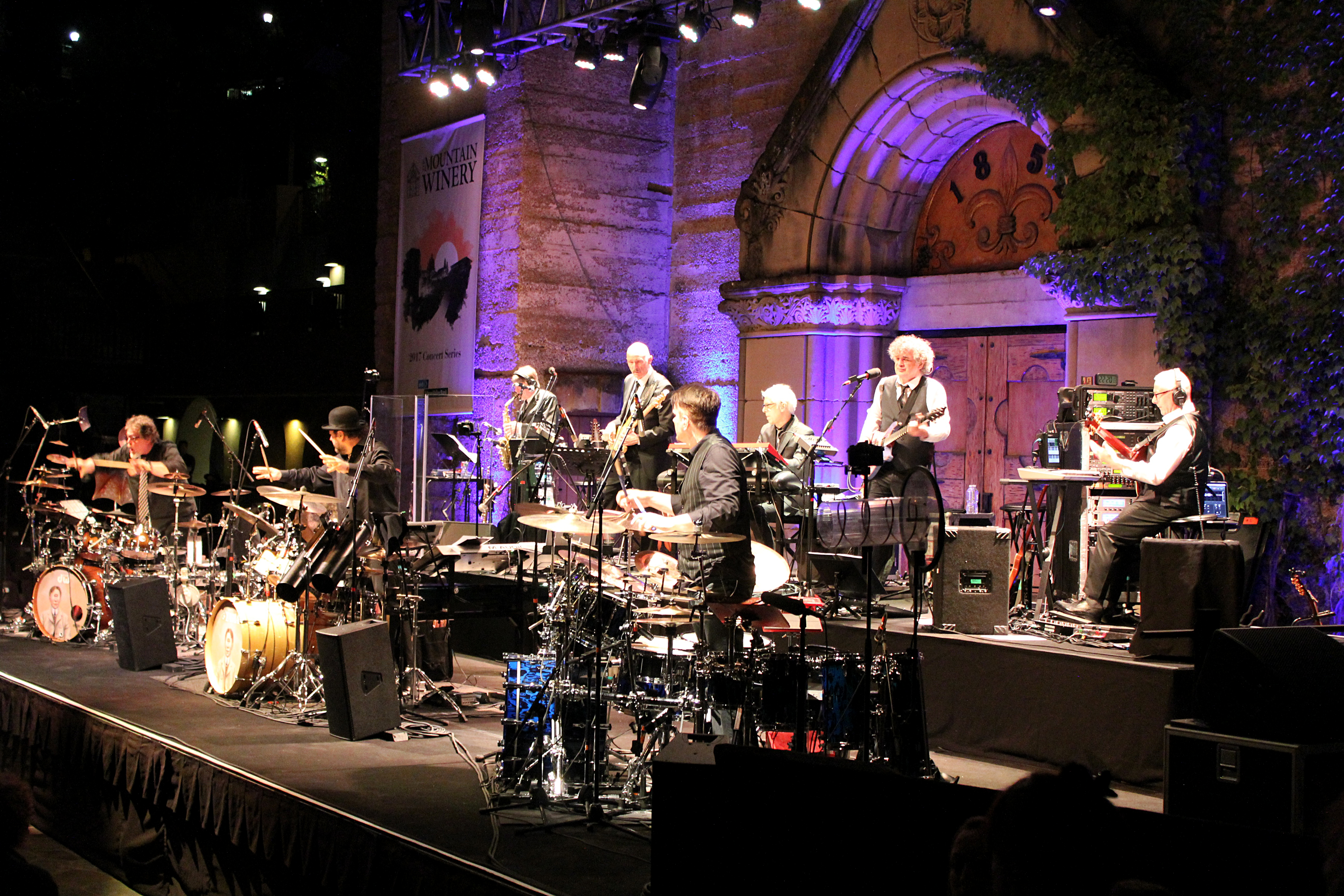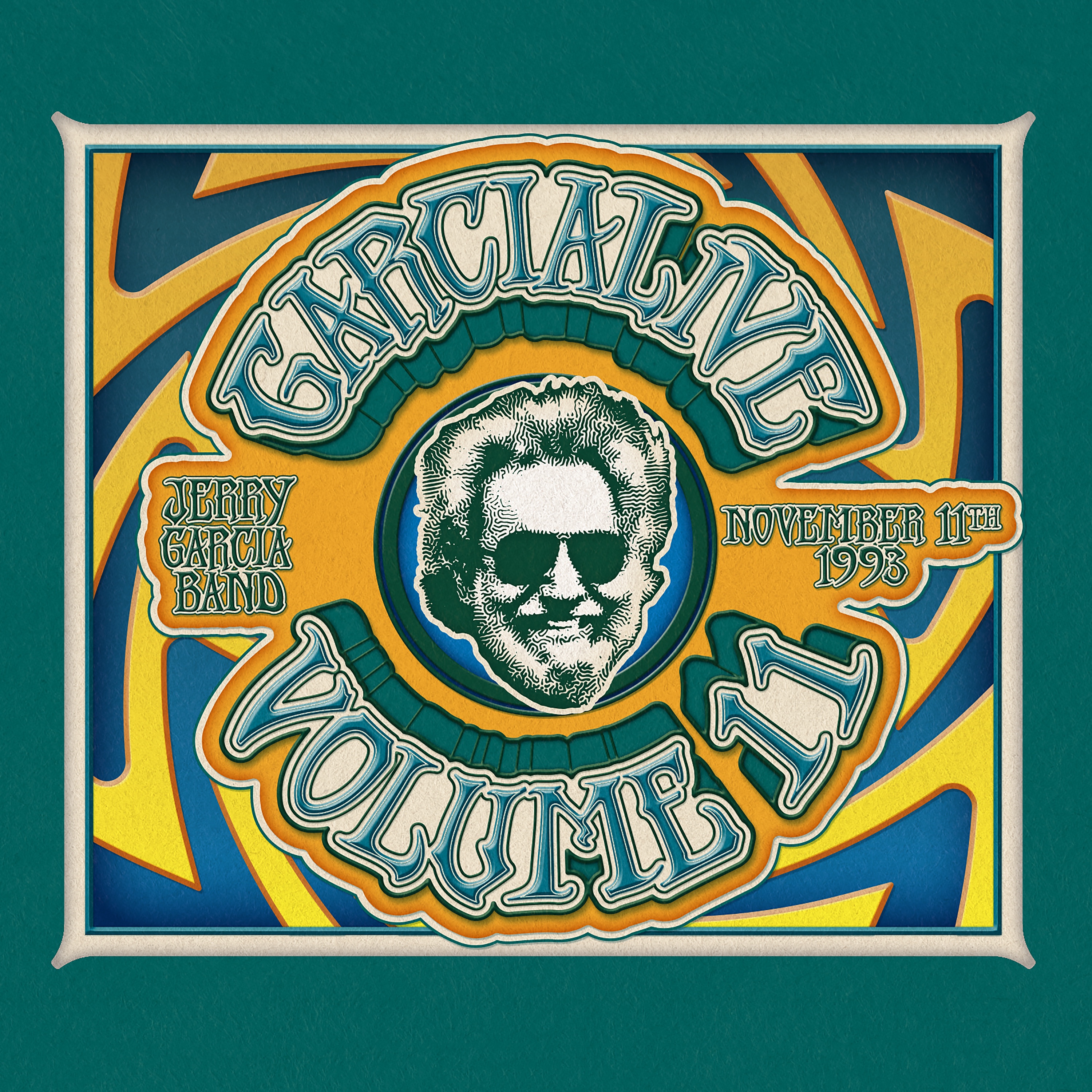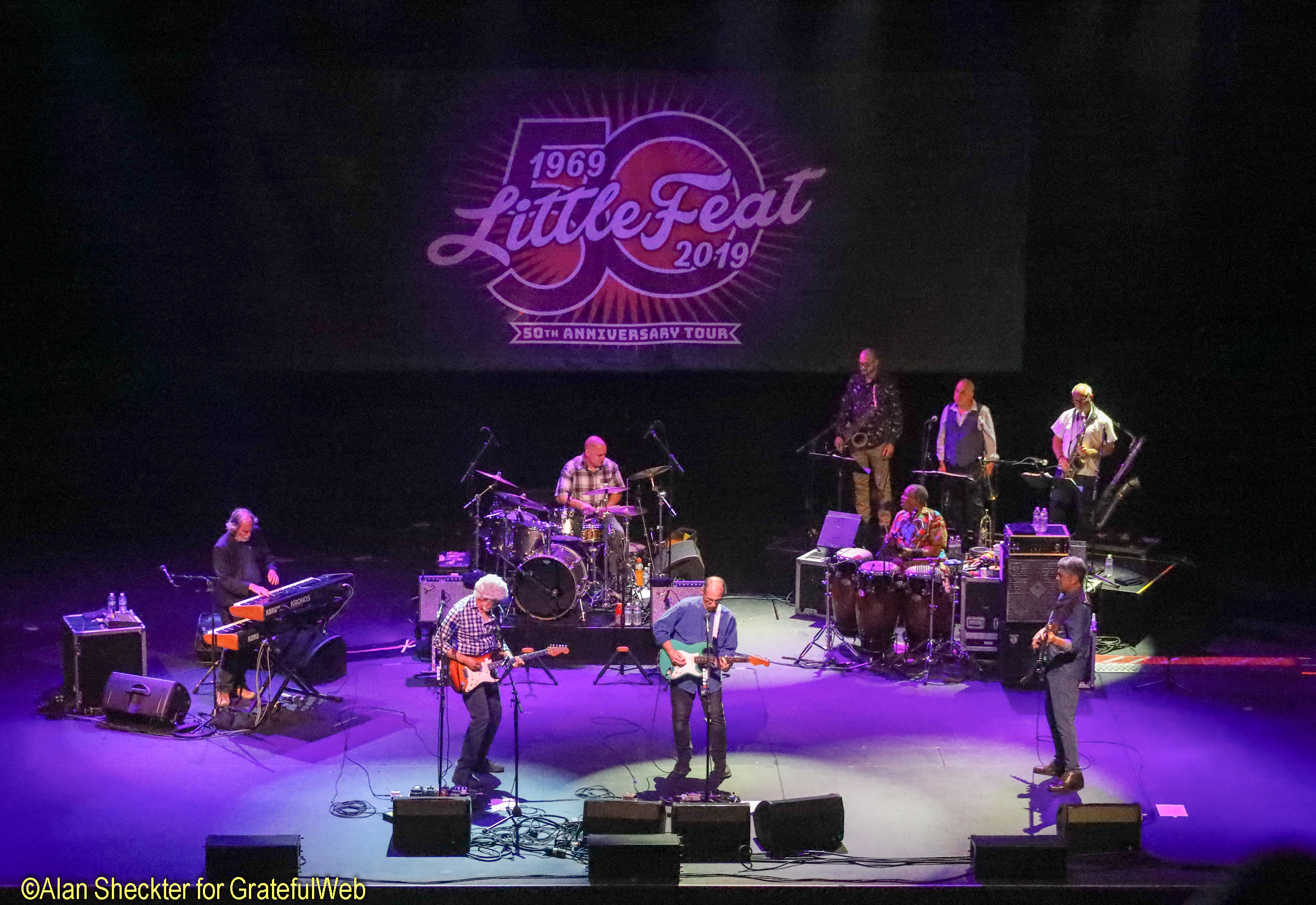Jazz is thriving elsewhere besides its living alumnus of prestigious inheritors from the classic eras. Much has evolved since the groundbreaking free jazz of the 1950s and 1960s from the likes of Pharaoh Sanders, John Coltrane, and Ornette Coleman. As some have satirically put it, ornithology or: the study of Bird (Charlie Parker that is) lives on within the experimental giants of our generation. There are few examples as important as Kamasi Washington and his crew of artistic contemporaries, spinning the DNA of hip-hop, bop, soul, swing, classic and progressive into an autonomous strand. He took to saxophone naturally in his youth, beginning to collect serious accolades in his teens. His father Rickey was a woodwind prodigy himself, and his mother Henrietta fostered the muse in young Kamasi. The thirty-five-year-old triple threat: bandleader, producer, and virtuoso has one of the most inventive acts in the touring circuit and manages to fit into many diverse venue settings.
It was fitting to witness my very first headliner Kamasi gig at such a fine venue as Miner Auditorium in the Hayes Valley neighborhood of downtown San Francisco. SF Jazz is housed in its fifth year at the sonically apropos Miner Hall, where the vaulted balcony can truly be the finest seat in the house. It’s a birds-eye view worth getting your tickets far in advance for. Washington is part of Flying Lotus’ Brainfeeder Label, which his stunning 2015 triple album The Epic was released under. The title truly explains it all and the majority of the artists recorded on this album made up his touring ensemble. The four gigs over three nights at SF Jazz featured a canon of seventeen new originals that provided a prototype for nothing played the same way twice. Washington was joined by a talented lineup consisting of Miles Mosley (bass), Ronald Bruner Jr. & Tony Austin (drums), Cameron Graves (keyboards), Igmar Thomas (trumpet) and the stunning vocals of Patrice Quinn. The hour and a half matinee performance covered a spectrum of different grooves that felt experimental yet evocative.
While Kamasi’s The Epic at times featured a thirty-two-piece orchestra and twenty-person choir, the septet lineup channeled the energy and intention of each piece for the moment. Kamasi warmly addressed the crowd, and started off with “The Magnificent 7.” Something immediately apparent was the groove that these two fantastically diverse drummers had. Austin’s approach was supple, persistent and fierce similar to the late Tony Williams. Ronald Bruner Jr. explored the space in between crafting independently jointed counter-rhythms. The stamina of Washington’s sprawling solos varied with distinct approach to each stanza, no matter how intense. Repetition and speed became obscured and I became blissfully taken by the band. “Final Thought” followed in a similar vein of genre-ambiguity. Moments of afro-beat, hard-bop, soul, and funk flourished cooperatively. Kamasi took a moment to acknowledge each individual member, number by number. Miles Mosely, who was aptly introduced beforehand, brought his unique approach. It was a perfect representation of that Los Angeles “heavy soul” sound.
Kamasi spoke warmheartedly of his late mother Henrietta, who was the anchor of his family. His tribute to his late mother brought out a special guest, Kamasi’s father Rickey Washington who remained onstage for the remainder of the show, on flute and sax. “Henrietta Our Hero” featured a triumphant lead vocal from Patrice Quinn, whose timbered pipes had passionately stood out as an instrument of it’s own. She truly evoked something classic while devising an entirely progressive approach. “The Soulness” showcased the keyboard talents of Cameron Graves who had been back and forth between organ, synthesized keyboards, and piano for the whole show. It dawned on me that though it was “Kamasi’s band” that he, like the great bandleaders of the classic jazz era, was also a vessel revealing some correspondingly virtuosic players.
A drum solo segment followed next. One could imagine two fierce jazz drummers trying to locate a cooperative rhythm to weave but Austin & Bruner Jr. have been collaborating most of their professional lives, alongside Washington as he revealed before the solo. The sonic sphere of rhythm was beyond description, a performance highlight indeed. The evening wrapped up with “Malcolm’s Theme,” a tribute to Malcolm X with another exceedingly brilliant lead vocal from Quinn whose singing turned to cries then screams (all on key). Quinn’s vocals alone powerfully signified the continuing struggle of civil rights for all people of color. Music can often carry these messages even further.
While the matinee performance stuck to an amicable 90-minute jazz set timeframe, the territory explored within was remarkably diverse. Kamasi Washington and band are truly part of the next evolution in jazz, continuing to utilize multiple styles intermingled. These passionate artists will only continue to take the live music experience to new levels of exploration. Those lucky enough to be “on the boat” can Kamasi and Company on JamCruise 15 later this month, or in Southern California for a couple gigs thereafter.







